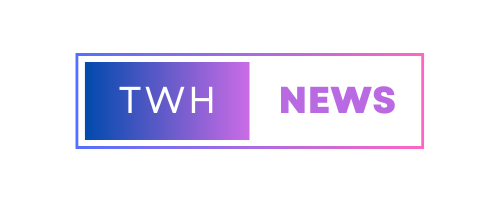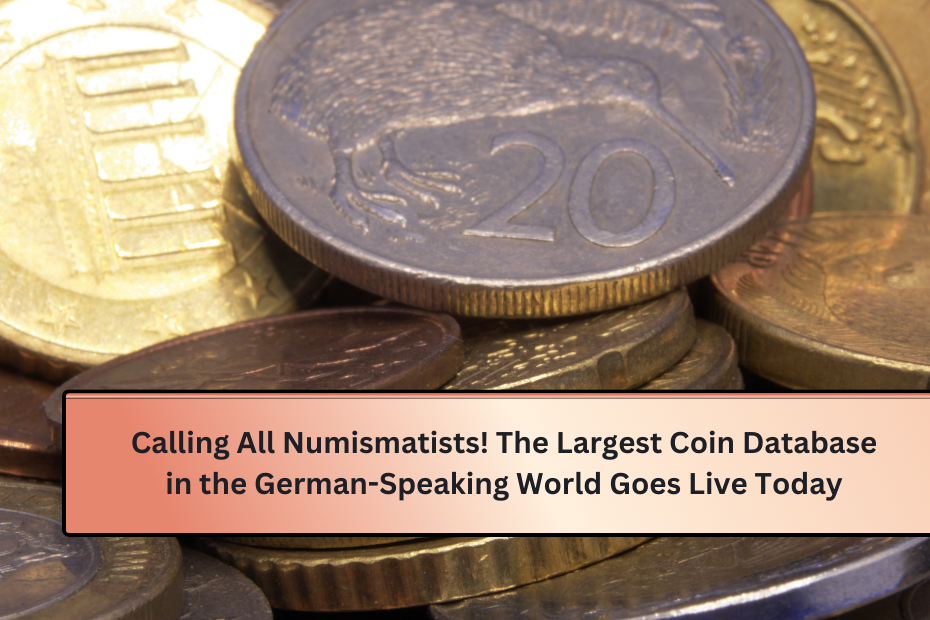Exciting news for coin lovers and collectors! Today, the biggest coin database in the German-speaking world is officially live. This new resource will be a goldmine of information for collectors, historians, and anyone interested in coins. With thousands of coins recorded and detailed information available, this database aims to help people appreciate and understand the history of currency better. Let’s take a closer look at what this new database offers, why it’s important, and what it means for the future of numismatics, the study of coins.
What is Numismatics?
Numismatics is the study of money, which includes coins, tokens, and paper money. It’s more than just collecting coins; it involves learning about their history, design, and importance in society. Numismatists, or coin enthusiasts, research and tell stories about the currency, exploring how it connects to our past and culture.
The Launch of the Largest Coin Database
Overview of the Database
This newly launched coin database is set to change the game for numismatics in Germany, Austria, and Switzerland. Developed by experts in the field, it provides a complete catalog of coins from different eras and places.
With an easy-to-use design, users can find detailed information about each coin, including images, history, and minting details. This database is designed for collectors, researchers, educators, and anyone who loves learning about coins.
Features and Benefits
- Extensive Cataloging: The database contains many coins from various historical periods, such as ancient, medieval, and modern coins. This allows users to see how currency has changed over time.
- High-Quality Images: Each coin entry has clear images, making it easy for users to see details like engravings and designs. This visual aspect enhances the learning experience.
- Search and Filter Options: The database offers advanced search options, allowing users to find specific coins by era, region, metal type, and minting details.
- Historical Context: Each coin comes with information about its significance in history and the culture of the time, helping users understand the coins’ roles in society.
- Community Contributions: Users can add their own findings and photos to the database, creating a community of numismatists who share knowledge and insights.
- Educational Resources: The database also offers resources for teachers, such as lesson plans and activities about coins, promoting the study of numismatics in schools.
Access and Membership
The database is available online, so anyone can explore its features from anywhere in the world. Some parts of the database will be free, while others will require a membership that offers more tools and access to exclusive content.
The Significance of the Database
Cultural Heritage and Preservation
The launch of this coin database is important for preserving cultural heritage. Coins are valuable artifacts that reflect the economics, politics, and societies of their time. By cataloging and sharing this information, the database helps keep history alive.
Coins often tell stories about leaders, significant events, and cultural symbols. Studying these artifacts can give us valuable insights into the societies that made them, ensuring this knowledge is not lost.
Fostering Collaboration and Research
The database also encourages teamwork among numismatists, historians, and researchers. It creates a platform where people can share their knowledge and findings, leading to deeper research and understanding of currency history.
Traditionally, numismatists have worked alone. This database provides a community space for them to connect, share ideas, and collaborate on research projects. Together, they can discover new information about coins.
Encouraging Interest in Numismatics
This new database is also an important step in getting more people interested in numismatics. By making information about coins easy to find, it can spark curiosity and encourage more people to explore coin collecting.
With educational resources aimed at younger audiences, the database highlights how numismatics relates to history, art, and economics. As more people get interested in coins, the appreciation for the history they represent will grow.
Challenges Ahead
Technical Maintenance and Development
While launching the database is exciting, it comes with challenges like keeping it updated and working well. As more coins are added, a dedicated team will need to ensure everything is accurate and functional.
Regular updates will be necessary to keep the database current with new findings and technology. Collaboration between numismatists and tech experts will be essential for its long-term success.
Protecting Intellectual Property
Another challenge is protecting the intellectual property of the images and information in the database. Clear rules must be set up to make sure that contributors keep ownership of what they share while the database can operate smoothly.
Creating fair use policies for educational materials and images is also crucial. This helps maintain trust among users and ensures that the database remains a reliable resource.
Future Developments and Goals
Expansion of the Database
As the database grows, there are plans to add more coins from non-German-speaking countries. Partnerships with international numismatic organizations will also be formed, and multilingual support will be provided to attract a wider audience.
By including coins from different cultures, the database can offer a more complete understanding of numismatics and its importance throughout history.
Organizing Events and Workshops
The creators of the database plan to organize events and workshops for coin collectors. These gatherings can be great opportunities for hands-on learning, networking, and sharing experiences. Workshops could cover topics like identifying coins, grading them, and learning about their history.
These events can help build a strong community of passionate numismatists eager to share their knowledge with others.
Continued Research and Education
The database aims to remain a valuable resource for ongoing research and education. By working with universities and museums, it can support academic studies and encourage more scholarship in numismatics.
Integrating research findings, articles, and educational resources will enhance the database’s value, making it an essential tool for scholars and enthusiasts.
Conclusion
The launch of the largest coin database in the German-speaking world is a significant milestone for numismatists and coin collectors. It provides a comprehensive platform for exploring the world of coins, serving as a vital resource for education, research, and cultural preservation.
As more users join the database, the chances for collaboration and discovery in numismatics will grow. Efforts to promote interest in coin collecting and understanding currency will help ensure that the stories behind these artifacts are remembered.
This database, with its many features and educational resources, is ready to make a lasting impact in the world of numismatics. It shows the importance of coins in understanding our shared history and culture, inviting everyone to dive into the fascinating world of currency.
FAQs
1. What is the purpose of the new coin database?
The new coin database aims to provide a comprehensive and accessible resource for numismatists, collectors, historians, and anyone interested in the study of coins and currency. It offers detailed information, images, and historical context about a wide range of coins from different periods and regions.
2. How can I access the database?
The coin database is available online, making it accessible from anywhere in the world. While many features will be free, users can opt for a membership to unlock additional benefits, such as exclusive content and advanced research tools.
3. What types of coins are included in the database?
The database includes a diverse collection of coins from various historical periods, including ancient, medieval, and modern coinage. It features coins from German-speaking countries as well as from other regions, showcasing the evolution of currency and its cultural significance.
4. Can users contribute to the database?
Yes! The database encourages community contributions. Users can share their own findings, photographs, and insights about coins. This feature fosters collaboration and helps build a sense of community among numismatists.
5. What educational resources does the database offer?
The coin database provides educational resources, including lesson plans and activities related to numismatics. These materials are designed to promote the study of coins in schools and inspire new generations of collectors and historians.

